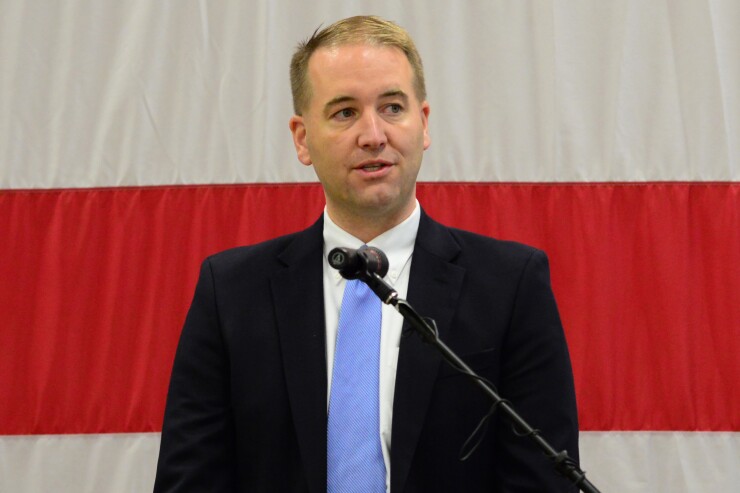Oregon residents enrolled in a state-sponsored retirement savings program have set aside almost $5 million since it launched a year ago, state officials say.
OregonSaves was created by the state to offer private-sector employees who don’t receive retirement benefits the opportunity to save and invest for their golden years.

As of the end of June, the state had 32,272 employees enrolled who had $4.6 million in combined savings, according to the state treasurer’s office. Another 14,157 accounts are pending for a total of 58,681 employees.
About 1,000 people are registering per week as it expands.
“OregonSaves is off to a successful start,” said State Treasurer Tobias Read in a press release marking the first anniversary of the program. “By helping more people save for their retirement, OregonSaves is addressing the retirement savings crisis head on, and making businesses more competitive.”
Oregon is the first state to create such a program — which began in July 2017 — but others including California, Connecticut and Illinois are considering similar plans, according to Read’s office.
Under the program, businesses that do not offer retirement savings to their employees must make an automatic payroll deduction Roth IRA available to their workers. Employers have no fees or fiduciary risks for taking part.
The investments are managed by a private sector partner in low-cost mutual funds with the treasurer’s office overseeing the program. Participants can choose between three different levels of risk for their investments and track their money online.
Employees can opt out of the program but according to the treasurer 72.5% stay in and are investing 5.14% of their gross pay.
The state began the program with 11 businesses and has begun expanding it in phases to companies based on their number of employees. By the end of the year, it plans to make it available to self-employed workers.
The treasurer’s office estimates that a million Oregonians don’t have access to a retirement program through their work. Eventually, it expects to expand to cover them through the program.





